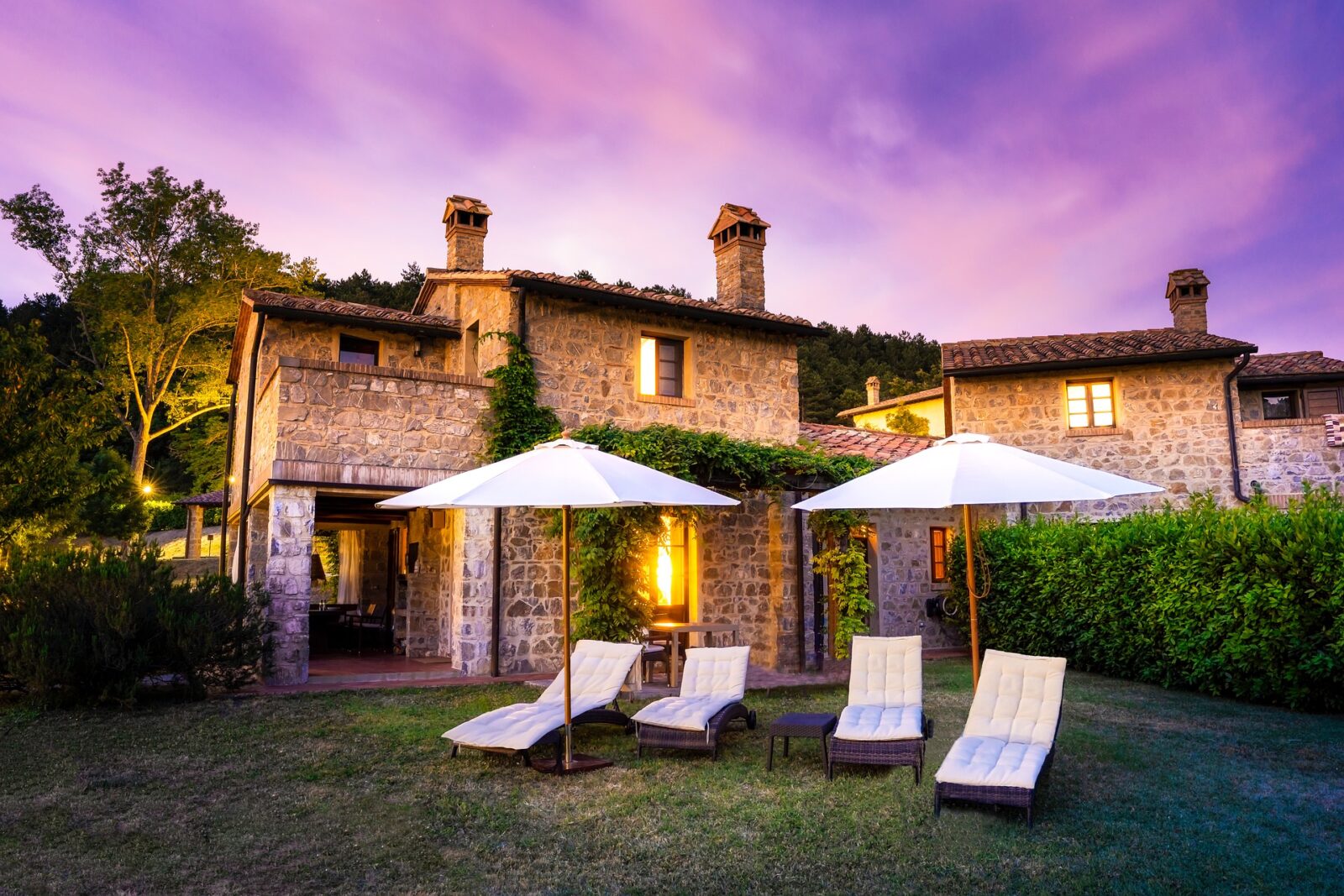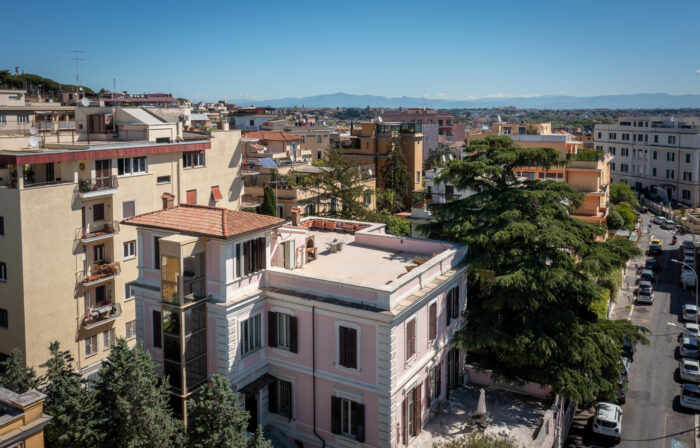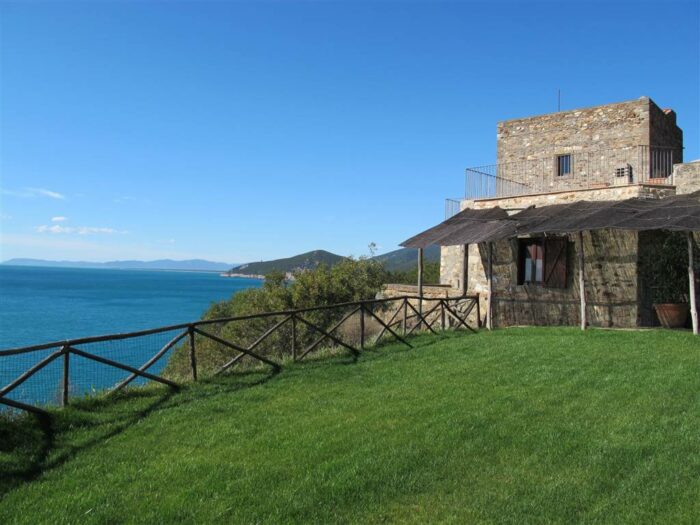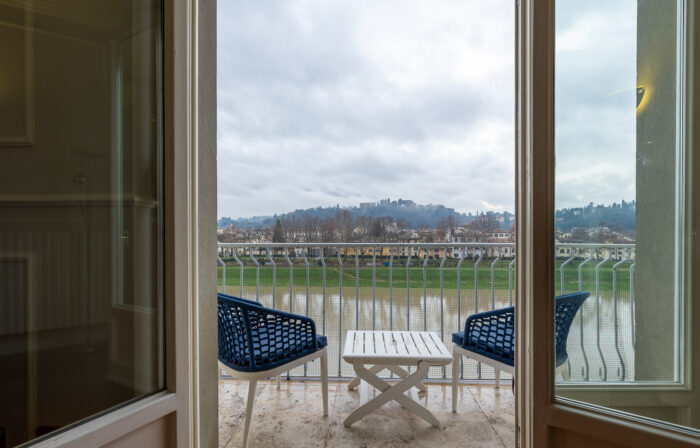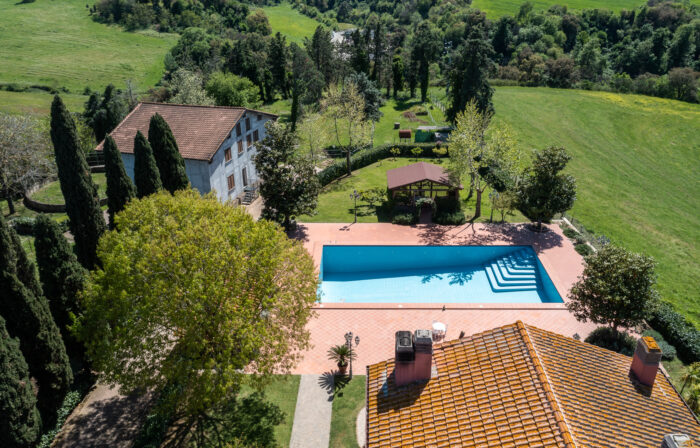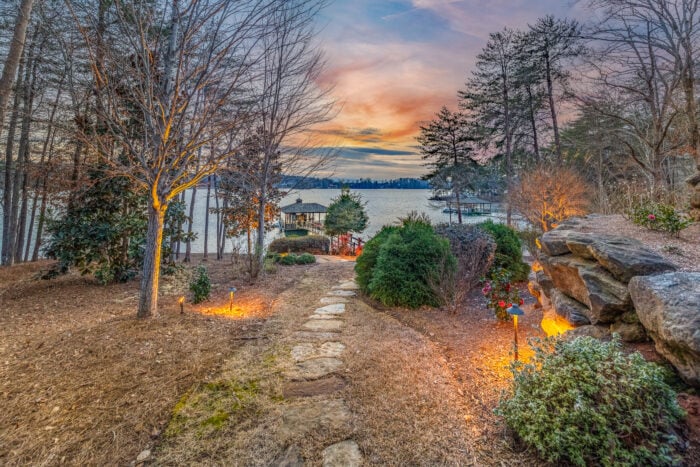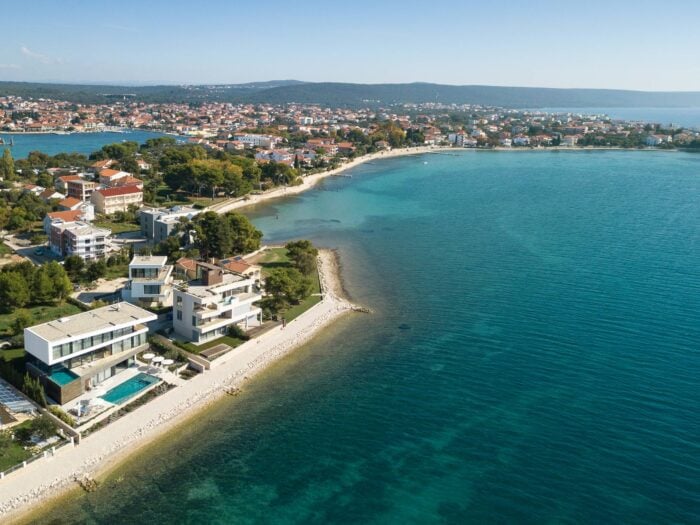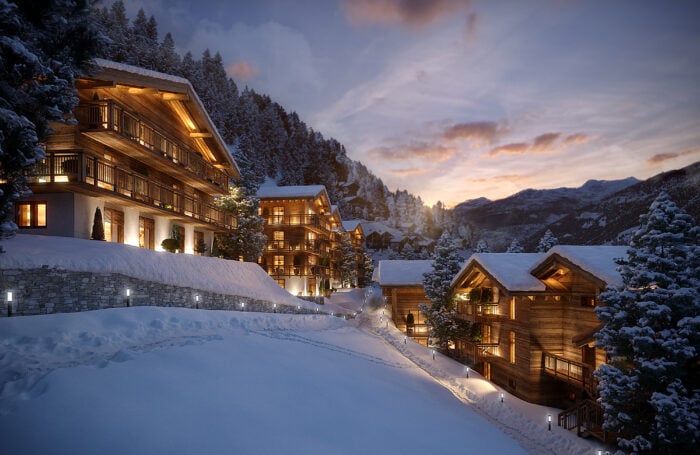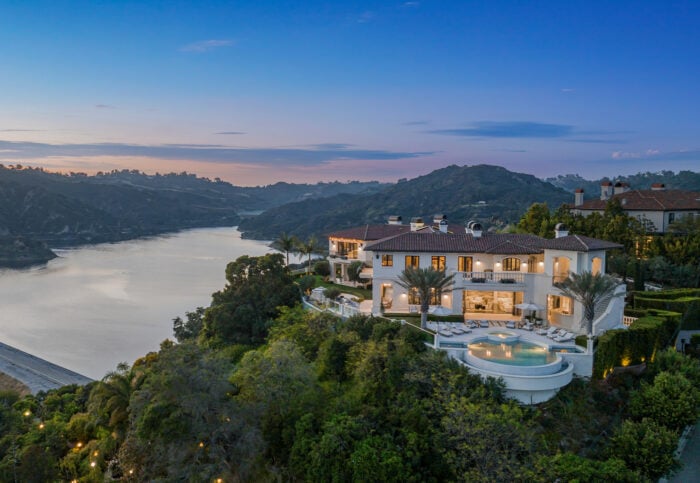Idyllic houses in Italy worth EUR 1 each seem tempting because there’s almost no difference after converting the amount into U.S. dollars.
Indeed, one should know that the offer price only lures uninitiated individuals about the true cost of a purchase. In 2019, buyers would have spent more than US $100,000 after acquiring one-euro homes.
The actual price for most buyers would depend on an idyllic property’s condition. Buyers must also be aware of certain requirements, which are often overlooked when calculating the true cost of one-euro houses.
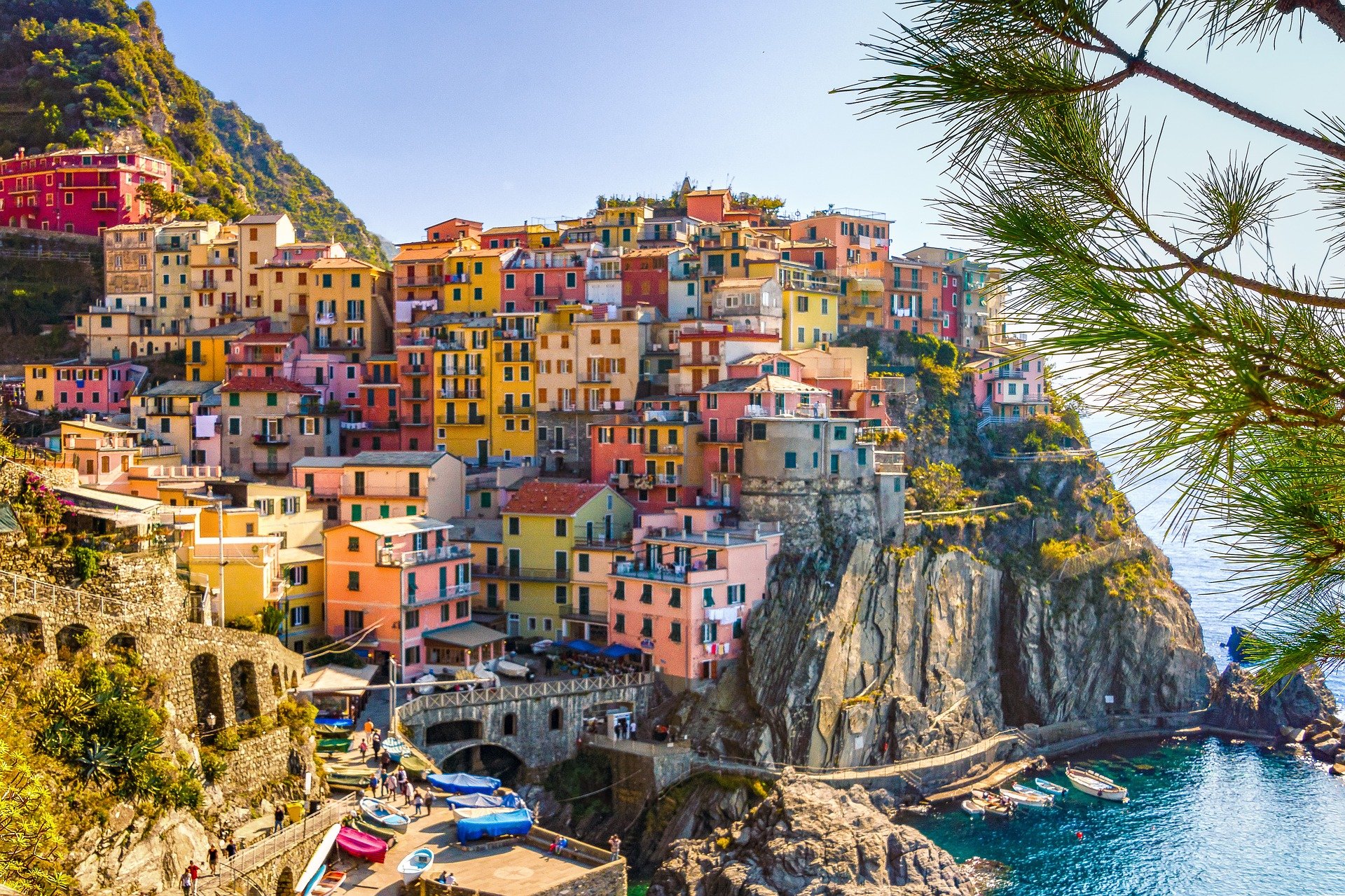
A total of 16 municipalities in Italy launched the sale of idyllic properties a year before Covid-19 hit the country.
The Hidden Costs of 1-Euro Houses
A total of 16 municipalities in Italy launched the sale of idyllic properties a year before Covid-19 hit the country. The project, dubbed 1-Euro Houses, expanded with more than 50 areas offering cheap homes.
Certain towns sold houses through auctions with EUR 1 as the initial price, instead of direct sales. Keep in mind that most properties consist of “dilapidated or dangerous properties,” according to the 1-Euro Houses website.
Some of these homes have existed since the 1980s. If you’re lucky, you may find an idyllic home that doesn’t require extensive renovations.
You may also encounter different municipal rules for purchasing one-euro houses, but the most common requirements include:
- Deed-of-sale expenses (e.g. notary, property registration)
- Municipal permits
- Redevelopment plans within 365 days of purchase
- Surety policy between EUR 1,000 and EUR 5,000
If you fail to complete the redevelopment project within three years, you would lose the surety policy. Certain towns may require a specific timeline for renovations.
For example, you may need to start the redevelopment work within a few months after getting building permits. Other municipalities require buyers to maintain the original style of an idyllic home, such as the façade.
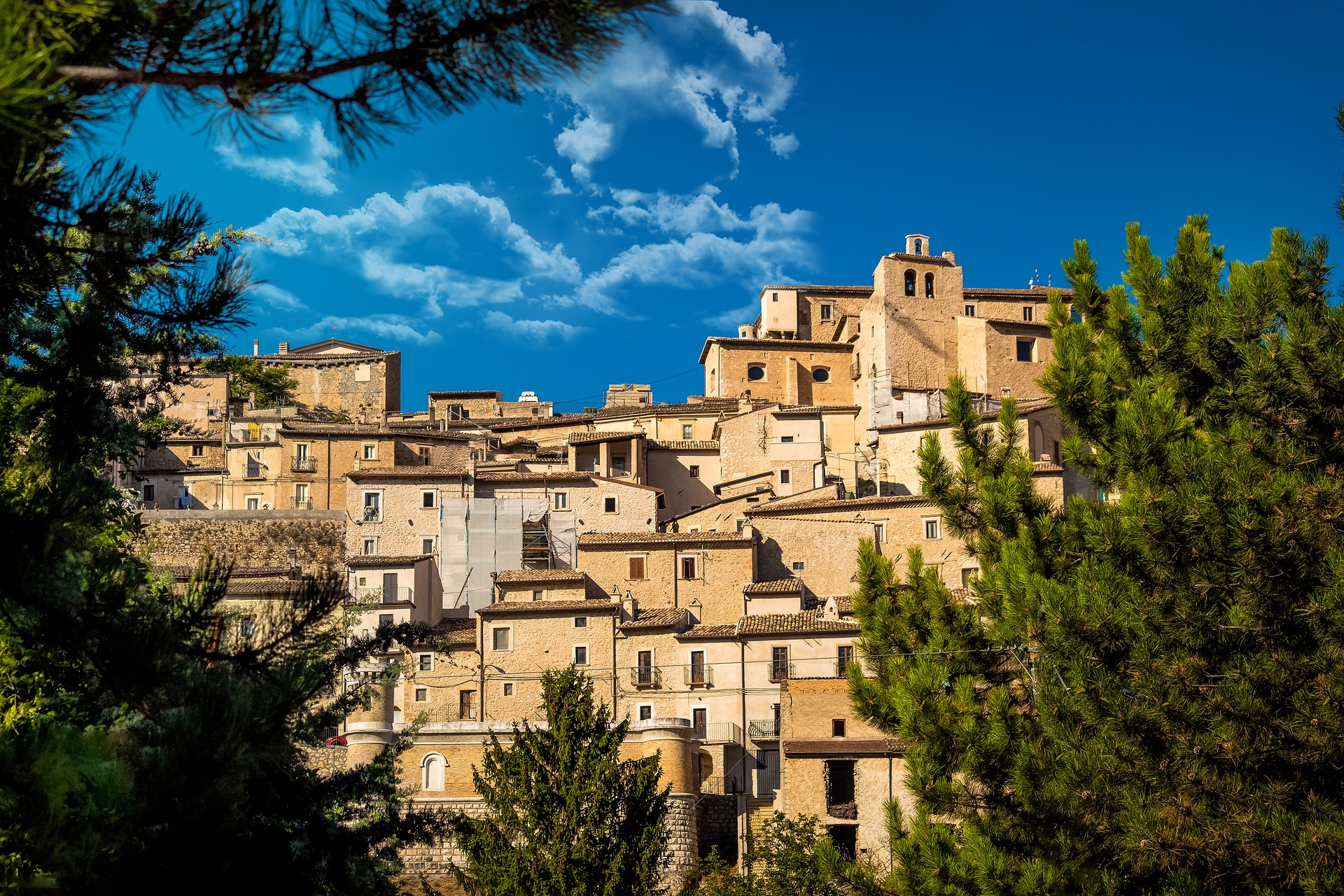
Italian towns are offloading the properties primarily to increase the rural population, particularly younger inhabitants.
The Reasons Behind Selling 1-Euro Houses
Italian towns offloaded the properties primarily to increase the rural population, particularly younger inhabitants.
According to the United Nations, one such scenario would happen in 2050 when the country’s population would comprise 41.2 million people.
The figure would represent a 28% drop from 57.3 million in 1995. The declining population would become most noticeable in rural towns where aging residents make up the majority.
The Italian National Institute of Statistics (ISTAT) further supported the concept of a dwindling population. ISTAT recorded a downward trend between 2015 and 2018, during which Italy’s population decreased by 400,000.
The tallied loss even exceeded the number of residents in the seventh most populous municipality at that time, according to ISTAT.
By offering one-euro houses, rural towns in Italy have hoped to attract younger people. Some municipalities have offered financial incentives.
Monetary perks became more necessary as the Covid 19-pandemic made it difficult to sell not just idyllic homes in Italy. The national government launched a program in mid-2020 to stimulate buying activity in the second-home market.
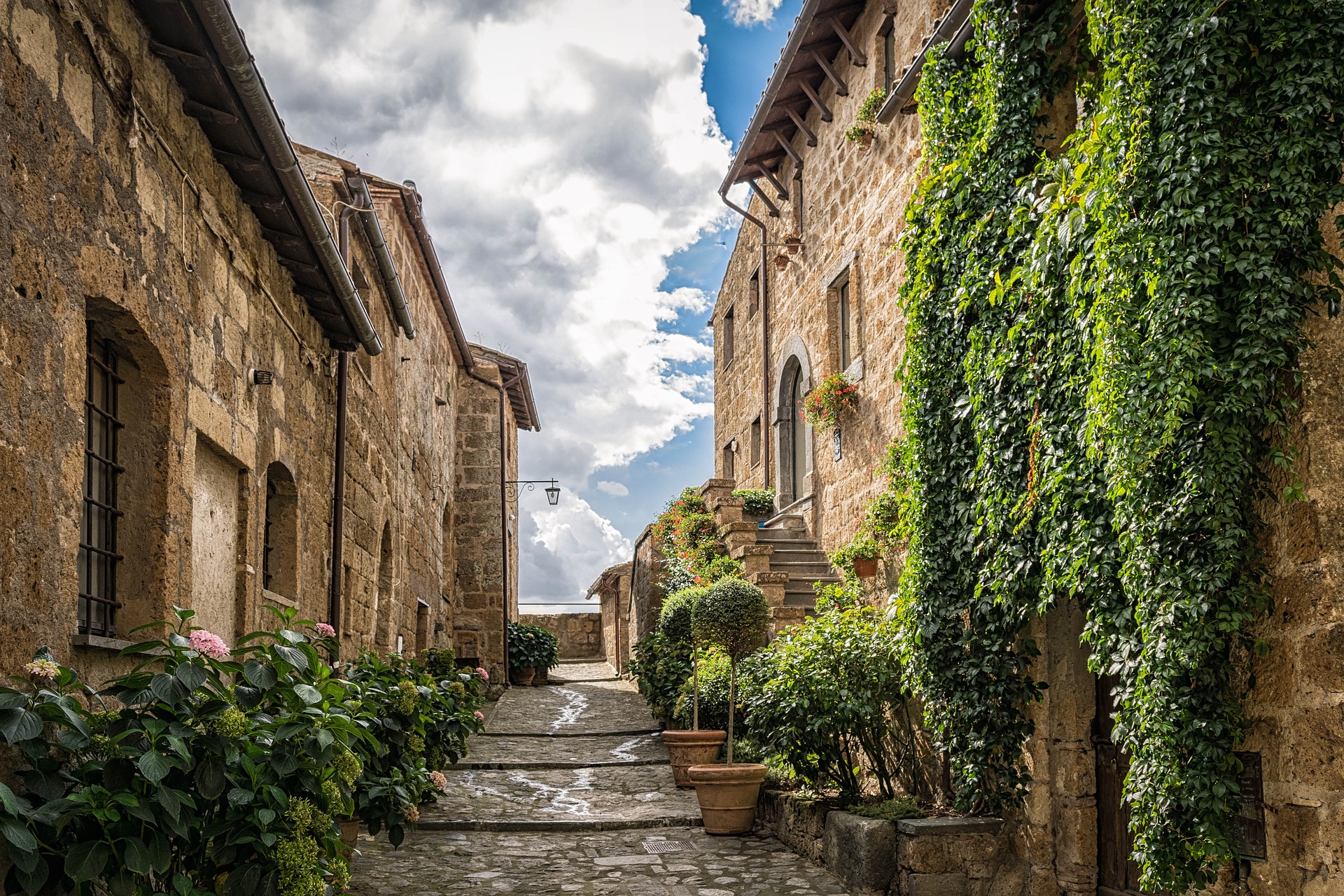
Many foreign property owners in Italy also take advantage of not having to pay capital gains after a sale.
Why Foreigners Hurry To Buy Idyllic Homes In Italy
For some foreigners such as Americans and Britons, there is a rush to acquire idyllic homes in Italy before the expiration of a tax-deduction program.
The Italian government’s Budget Law for 2022 extended the “Superbonus” incentive until Dec. 31, 2023. The program covers 110% of qualified home improvements such as energy-efficiency projects.
In other words, the government essentially pays owners to renovate idyllic houses. Qualified homeowners will receive the tax credits within a five-year period, divided into annual installments.
Many foreign property owners in Italy also take advantage of not having to pay capital gains after a sale. You won’t pay taxes on capital gains if you sold the property after owning it for more than five years.
For this reason, the Superbonus program allows you to maximize the potential investment return. By 2024, the tax incentive would only cover 70% of incurred expenses.
If you’d rather buy new homes, countries such as Portugal and Spain offer lucrative investment programs.
Maximize your prospective investment returns with the help of a top brokerage firm. Click here to find out why Inmobiliaria Rimontgó should be your broker of choice.
